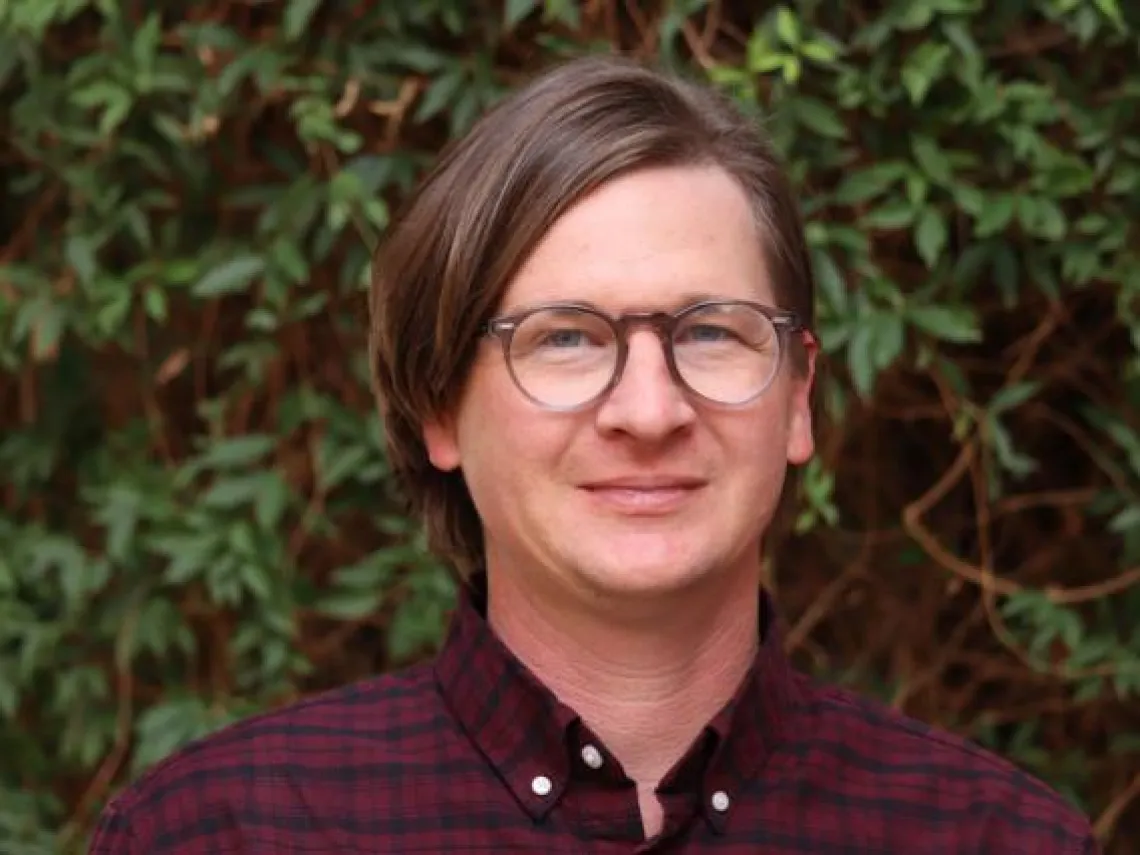Jason Windingstad, Spring '21 Outstanding Teaching Associate

Tell us about yourself.
I grew up on a farm in Southwestern Minnesota. We raised corn and soybeans, had pigs and cattle, I definitely came from a rural area. I received my undergraduate degree from Southwest Minnesota State in Geosciences. And from there, I went on to the University of Tennessee for my master’s degree in Soil Science and Pedology.
I worked for almost 11 years as a consultant here in Tucson. I’m really interested in archaeology, that was actually what I did as a professional consultant. There is a subdiscipline of archaeology called geoarchaeology. The basic definition is using theories and methods from the Earth Sciences like soil science, pedology, geosciences, to answer archaeological questions mostly about the context of archeological sites.
What have you enjoyed about your major?
I like the faculty. Everyone's really been helpful, and I’ve learned a lot for sure. Especially from my advisor Dr. Craig Rasmussen, he’s easy to get along with and always very helpful with my questions. Just the people, they’re good people.
The most exciting aspect is getting back into doing my own lab work for my dissertation project. I did a lot of that for my master's, and I really enjoy working in the lab. Especially with soil chemistry and characterizing soils in the lab, it’s something I enjoy doing.
Any scientific research?
My research is focused on soil geomorphology and landscape evolution in the Sonoran Desert, mostly, or arid zones in general. My project area is in the lower Sonoran Desert in Southwestern Arizona. I'm really interested in paleoclimate, paleoenvironments, and landscape evolution over time. And what that can tell us about how things are going to change in the future with global warming. And what can we expect from that, based on what we learned from the past.
I describe and sample soil and sediment profiles in the field. From that, we try to interpret paleoenvironment and the age of the landforms. I also do a lot of geochronological work, so things like radiocarbon dating and OSL dating of aeolian and alluvial sediments. Just reconstructing the history, the geomorphic history of landforms in the desert, and how they evolved over time, and how that relates to the archaeological record. Outstanding ENVS Teaching Associate
Next steps?
I'm still very much in the coursework phase of my Ph.D. So, the next big step for me is going to be my comprehensive exams. I’m planning to take those next Fall. And getting my fieldwork wrapped up. Unfortunately, my field sites are basically in the hottest parts of the Sonoran Desert, so next fall, I will be finishing up fieldwork collecting my samples.
Words of advice?
Just go for it. And don't worry too much about what everybody else is doing and just focus on your own stuff. Do the best you can.
